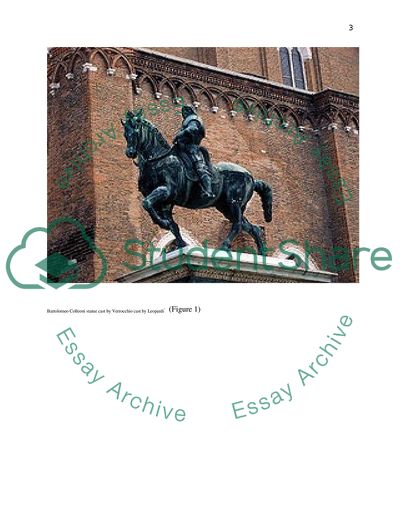Cite this document
(Rivalry, Imitation, and Envy in Italian Renaissance Art Report, n.d.)
Rivalry, Imitation, and Envy in Italian Renaissance Art Report. https://studentshare.org/culture/1813255-rivalry-imitation-and-envy-in-italian-renaissance-art
Rivalry, Imitation, and Envy in Italian Renaissance Art Report. https://studentshare.org/culture/1813255-rivalry-imitation-and-envy-in-italian-renaissance-art
(Rivalry, Imitation, and Envy in Italian Renaissance Art Report)
Rivalry, Imitation, and Envy in Italian Renaissance Art Report. https://studentshare.org/culture/1813255-rivalry-imitation-and-envy-in-italian-renaissance-art.
Rivalry, Imitation, and Envy in Italian Renaissance Art Report. https://studentshare.org/culture/1813255-rivalry-imitation-and-envy-in-italian-renaissance-art.
“Rivalry, Imitation, and Envy in Italian Renaissance Art Report”. https://studentshare.org/culture/1813255-rivalry-imitation-and-envy-in-italian-renaissance-art.


